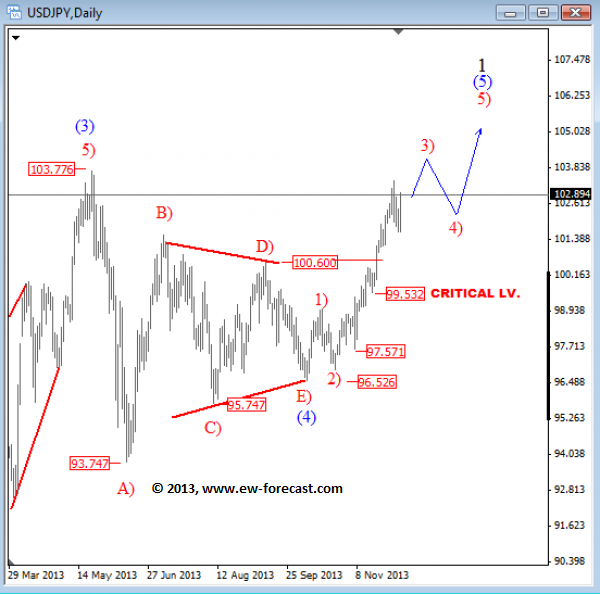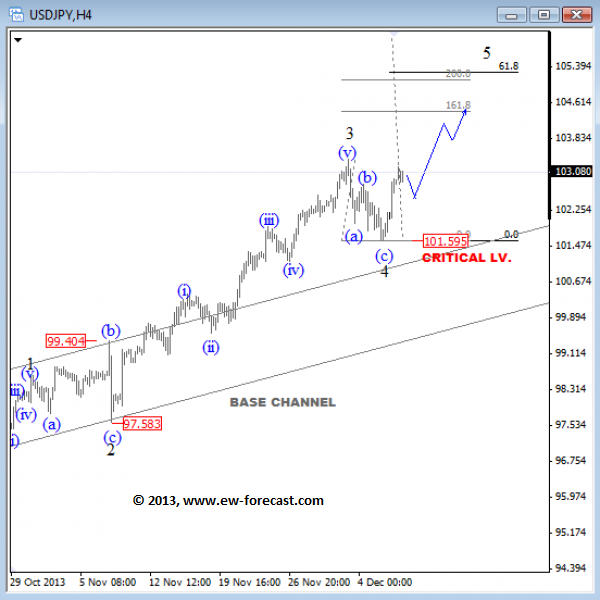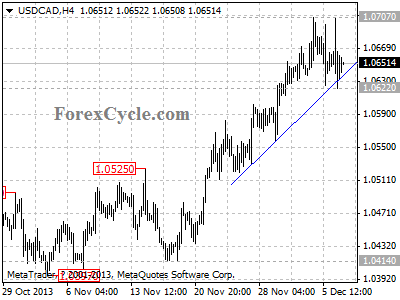By WallStreetDaily.com
The bull market deniers have been out in full force lately.
From Pimco’s Bill Gross, who swears that “all asset prices are bubbly,” to billionaire Jim Rogers, who keeps urging caution because “the big, big rally in the U.S. stock market” isn’t based on reality.
Those are just two notable examples. Rest assured, countless others exist. Don’t just take my word for it, either…
In a recent note to investors, Bespoke Investment Group said, “There’s been so much ‘bubble’ talk lately that our heads are spinning.”
So true! But I’ll take it by the truckload.
Why? Because the more negativity that’s swirling around – and the more pundits that are warning about a top – the more likely it is that we’re nowhere even close.
In other words, their sentiment is a contrarian indicator.
That’s a fact of investing Sir John Templeton validated long ago, when he said (emphasis mine), “Bull-markets are born on pessimism, grow on skepticism, mature on optimism and die on euphoria.”
Newsflash: We’re clearly in the “growing” phase, not the “dying” phase.
If you want concrete proof, look no further than the American Association of Individual Investors (AAII) sentiment survey:

No, this isn’t a printout from my latest electrocardiogram test. It’s the week-to-week swings in bullish sentiment since the current rally began in March 2009.
Forget euphoric, everyday investors appear downright schizophrenic. Their sentiments shift violently and without warning.
But perhaps you don’t put much stock – if any – in sentiment data. Fair enough.
Please realize that rock-solid fundamental data supports the bull market believers, too.
Nothing Bubbly Here
Much has been made about the expanding price-to-earnings (P/E) ratio for the S&P 500 Index. It’s up from 14.5 at the beginning of the year to 16.9 right now.
However, such expansion is perfectly natural for a bull market – especially when more money is chasing after fewer opportunities, as I indicated here.
Keep in mind, while multiples might be expanding, they’re nowhere near extreme levels.
Truth be told, nine out of ten sectors are actually trading at a discount to their average P/E ratios since 1990, according to Bespoke.
As for the entire market, it’s trading at a 14.2% discount to the average since 1990.

All in Cash, Still
Not only are stock market valuations still reasonable, but many investors remain on the sidelines.
In fact, the latest BlackRock Investor Pulse survey reveals that cash is the dominant investment for 48% of Americans. That’s a lot of people “stuck” in cash. Still.
I don’t know what the heck they’re waiting for. When these latecomers finally decide to pull the trigger – and go “all in” on stocks – that’s when we need to worry. But that time definitely isn’t here yet.
Good Tidings For Stocks
How about a short-term correction, a momentary sell-off before resuming the upward march? That’s not very likely, either.
You see, seasonal trading patterns are also working in stocks’ favor.
Despite the month getting off to a rocky start with four down days, December is historically one of the strongest months for stocks.
Take a look:

The average gains are among the strongest in December, and so is the consistency of positive returns.
Over the last 20, 50 and 100 years, the Dow has delivered positive returns 70%, 66% and 73% of the time, respectively.
Bottom line: Ignore the fear mongers and stay long and strong stocks. With the Fed still printing money non-stop, this party’s far from over.
Ahead of the tape,
Louis Basenese
The post Monday Charts: The Positive Side to All the Negative Thinking appeared first on Wall Street Daily.
Article By WallStreetDaily.com
Original Article: Monday Charts: The Positive Side to All the Negative Thinking
















